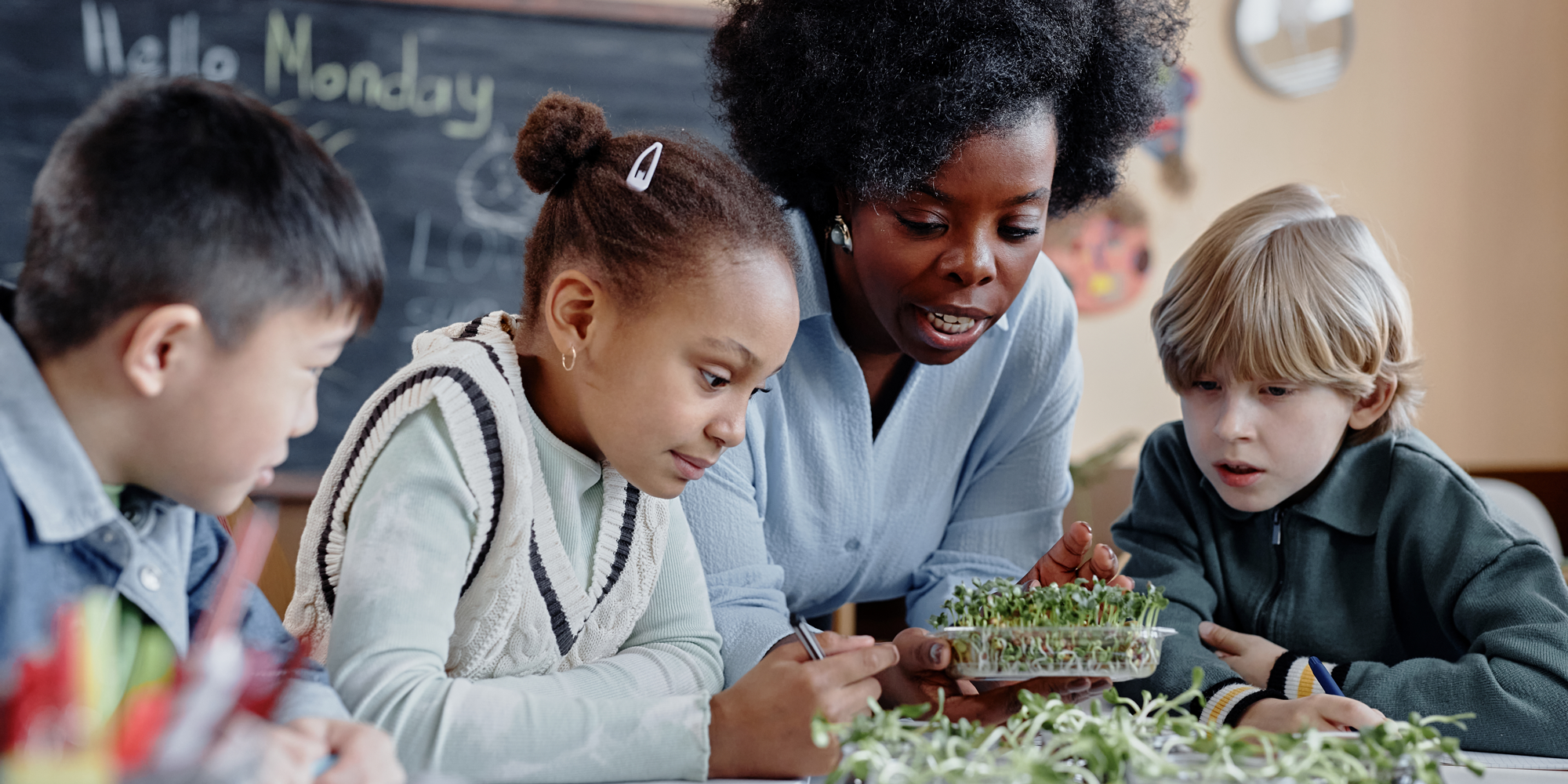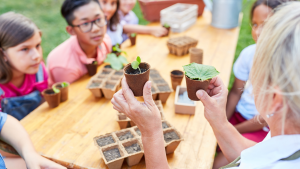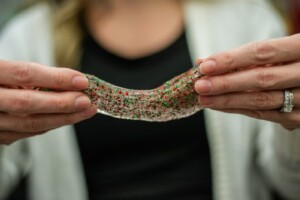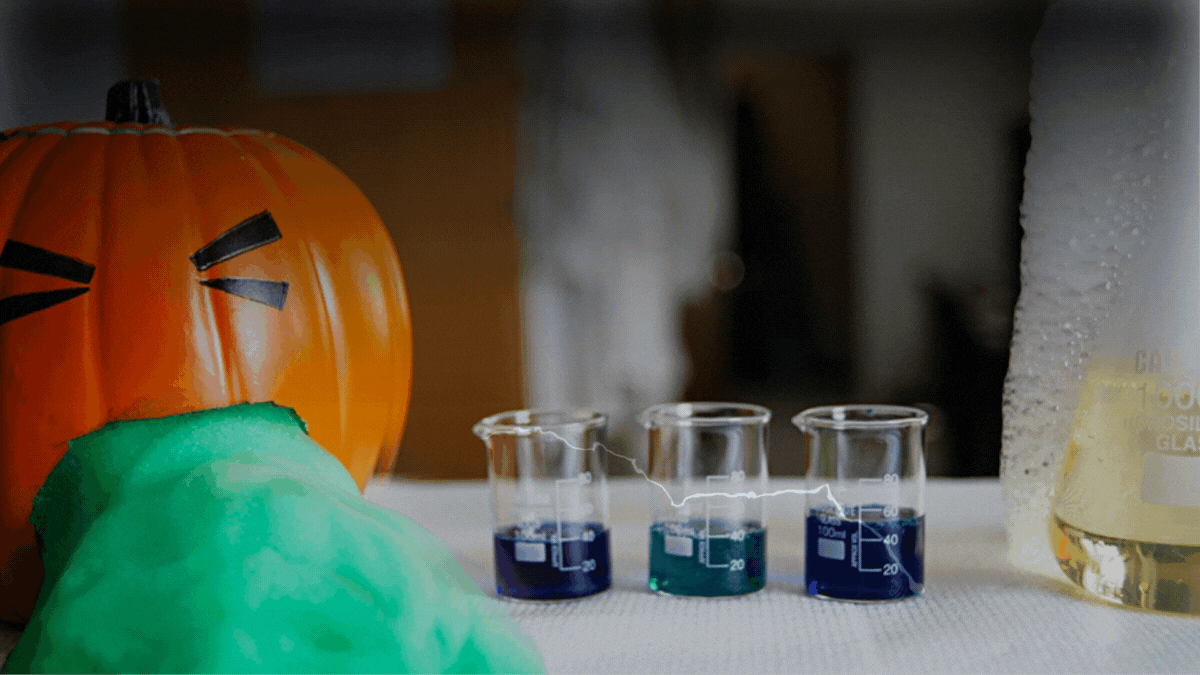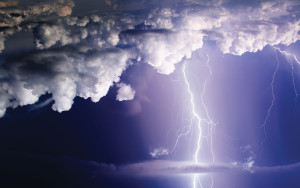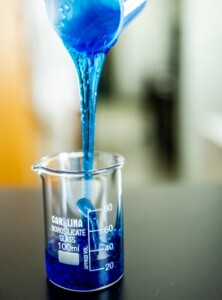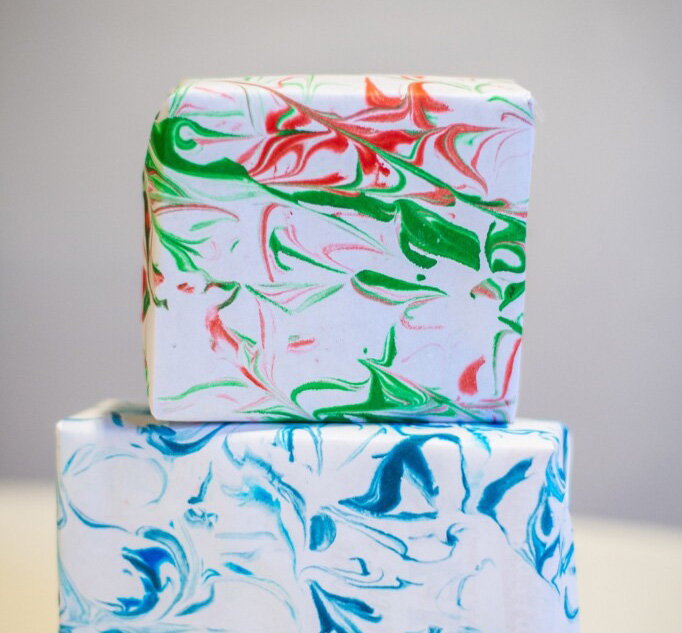At some point during the school year, the PTA, teachers, students, and administrators gather the school community for a fun-filled science night. Students demonstrate their favorite hands-on science activities, and science experiments abound in the hallways or cafeteria. What does it take to have a safe, exciting, fun science show-and-tell from elementary school through high school? These tips can make your planning easier.
What Is a Family Science Night?
There’s more than one answer to this question, and the answer depends on the goal for the evening.
Is the goal:
to showcase learners’ work to this point in the school year?
to have students demonstrate hands-on activities to other students, parents, and guests?
to provide the opportunity for all attendees to do a STEM activity guided or explained by a student, teacher, or outside expert?
to provide a new and exciting learning opportunity for students and guests?
to fundraise for the science department?
These are but a few of the possible reasons to host a family science night. And remember: students, no matter their age, enjoy sharing what they know, what they’ve learned, and what they do. It’s fun for everyone!

How to Plan a Science Night at Your School
Committee: Form a diverse committee for planning efficiency. You may want to include a couple of creative and artistic students. Look for novel outreach opportunities to advertise your upcoming event to the entire school community. Brainstorm an event theme in-person and divide up responsibilities. Try to keep costs down; many STEM activities can be inexpensive, especially if local businesses help defray costs.
Time: Planning any event takes time, so don’t wait until the last minute. Select the event date and plan adequate time for supplies and materials to be delivered, time to advertise the event, time for presenters (students, teachers, or expert guests) to practice their presentation, and time to set up and clean up.
Safety: Pick safe activities! ALL activities and demonstrations should meet or exceed mandated safety protocols. Presenter and participant PPE should be readily available. Disposal after the activity must meet local and state disposal requirements. Avoid activities that use chemicals considered hazardous or procedures that require safety equipment not readily available. Have SDS sheets on hand. Don’t forget to check your school or district chemical hygiene plan in advance. Above all, safety first.
Event Formats: You can run the evening’s activities in a number of formats to showcase as many students and their work as possible. Here are some ideas:
A number of simultaneous activities running continually as guests rotate through. Think a station activity. Don’t forget interest club activities like robotics and drones. Activities are repeated every 15–30 minutes on a schedule.
A large group presentation with a scheduled beginning and ending time, possibly taking place in several classrooms, the gym, or auditorium. Think science fair or research poster presentations. This format is also a great way for interest clubs like the drone or robotics club, makerspace projects, or engineering projects to show off their skills.
One large presentation for all participants, like from non-profits such as a science museum or science center or from community interest clubs like an astronomy club, 4-H, or master gardener, where everyone is gathered in the gym or auditorium. Think a planetarium show in a darkened auditorium.
A combination of formats of various durations and locations with student, teacher, and guest presenters. Start with a walk-through and end with a show from a local science celebrity. Have a check-in table for presenters. STEM activities are great, but don’t forget the A in STEAM. Students love to perform—science skits, science history/discovery re-enactments, raps, dances, student-created animations and videos, and the much-loved periodic table song!
What Activities Are Typically Included in a Science Night Event?
The answer is as diverse as the student population! But if you’re at a loss, here are 16 of our top activity picks. All of them are free downloads you can print or upload copies of for everyone.
Cloud In a Bottle (Part 2)
Petri Dish Electrolysis (3rd activity in the series)
Come to Your Senses—Reflexes and Reactions (last activity in the set)
Bonus: If your science night is going to be around a holiday or the opening or closing of school, consider including some of these holiday activities.
We hope this family science night guide is helpful. If you have specific questions about any of these activities or about related products, don’t hesitate to ask! You can reach us at customer_service@carolina.com or 800.334.5551.
Explore additional resources at the Carolina Knowledge Center.
*Next Generation Science Standards® is a registered trademark of Achieve. Neither Achieve nor the lead states and partners that developed the Next Generation Science Standards were involved in the production of, and do not endorse, these products.

